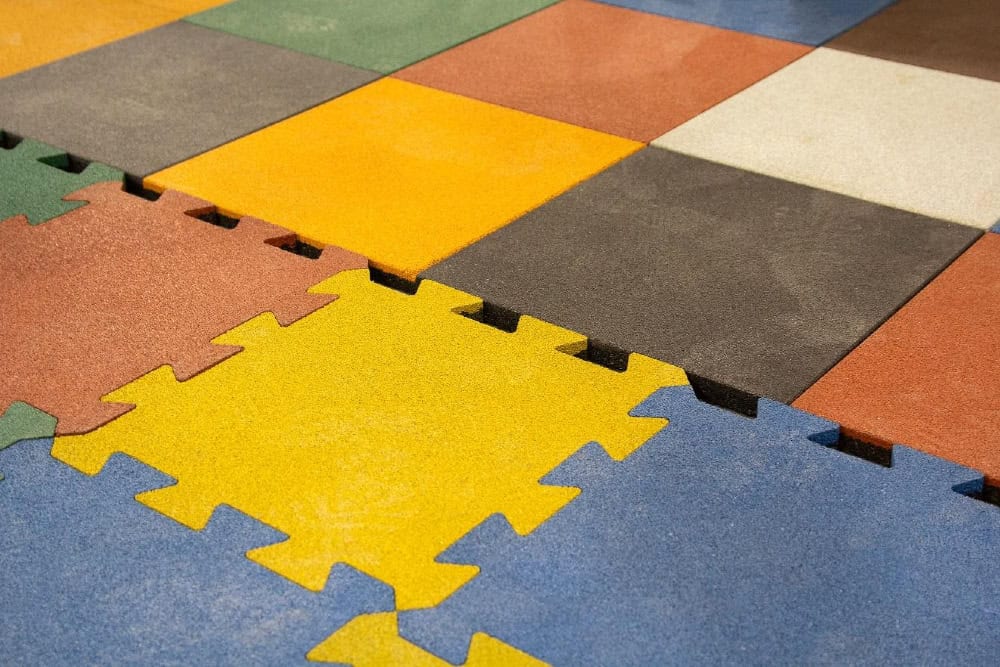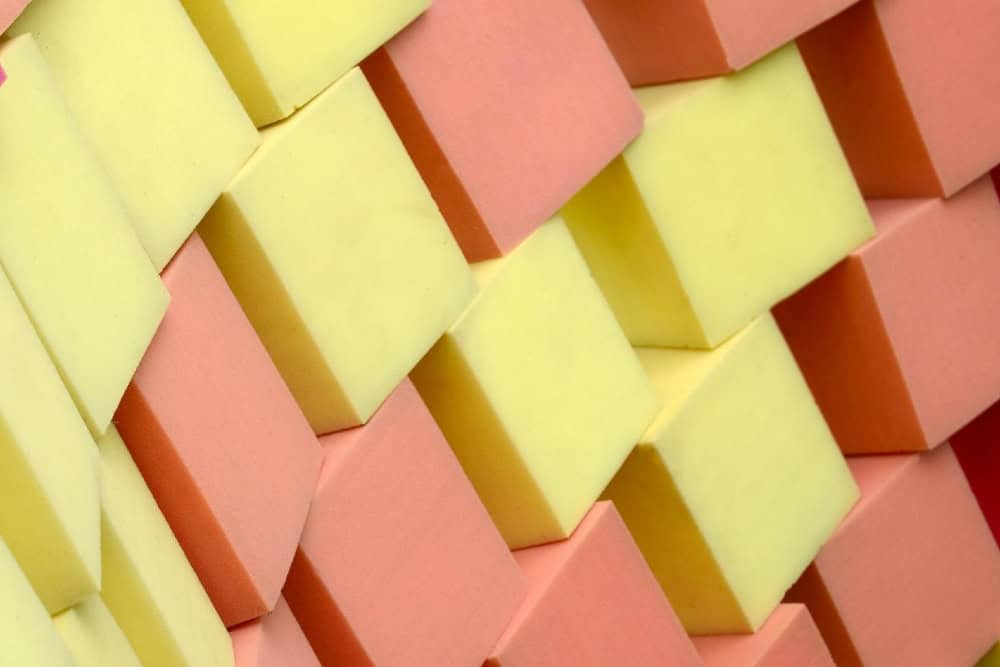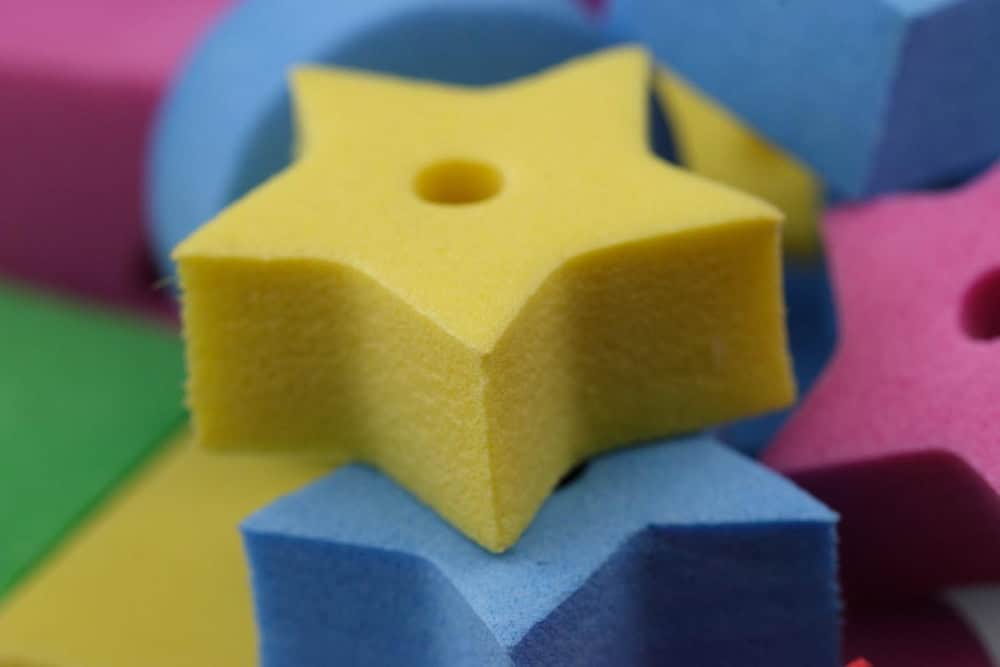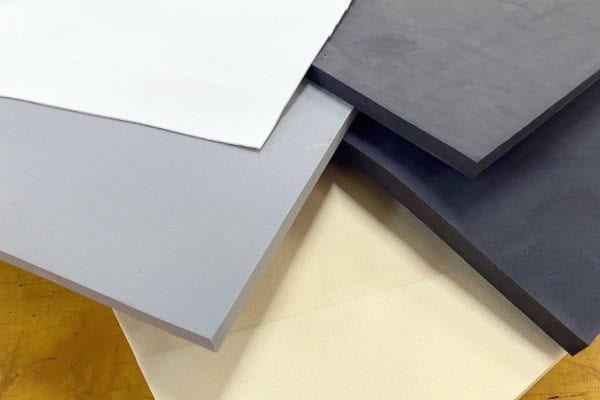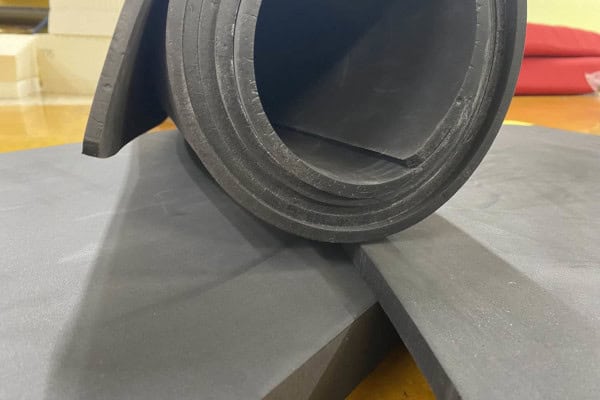Is EVA Foam Safe for People?
Now that we‘ve got the lowdown on what EVA foam is, it‘s time to address the burning question: Is it safe? If not, what can we do to protect ourselves from the potential risks of EVA foam?
Chemical Composition: EVA foam contains substances like ethylene, vinyl acetate and various additives. While these components are usually considered safe, there are some concerns about potential chemical leaching, especially when the EVA foam is exposed to heat or has prolonged contact with liquids. The good news? EVA foam is free of other chemicals like formaldehyde and latex, as well as any animal products and BPAs. Research does suggest that certain chemicals used in the production of EVA foam, such as volatile organic compounds (VOCs), may pose health risks, including respiratory irritation and allergic reactions. However, these VOCs quickly disappear after the production of EVA foam, and the foam itself poses no carcinogenic risk. But, for the extra cautious, airing the foam out for a day or so before use should get rid of any leftover vapors.
Thermal Decomposition: When exposed to high temperatures, EVA foam can break down, releasing potentially harmful gases and chemicals. Inhaling these fumes may lead to breathing issues and other health problems. So, if you‘re dealing with heated EVA foam, crack open a window or use proper ventilation gear — your lungs will thank you.
Skin Contact: For some folks, direct contact with EVA foam can cause skin irritation or allergic reactions, especially if the foam contains additives or processing chemicals that can get onto the skin. The good news is, most individuals won’t have allergic reactions to EVA foam. However, it‘s recommended to wear protective gloves and protective glasses when handling it in its raw form for extended periods, especially during cutting or shaping. Raw EVA foam should not be used to handle food. Although, many EVA food accessories (such as EVA resin bags) are safe to use!
Fire Safety: Now, EVA foam isn‘t exactly flammable, but let‘s not take any chances. Remember to follow fire safety rules and keep EVA foam products away from sparks or flames.
Child Safety: EVA foam is a hit with children‘s toys due to how soft and durable it is. You’ll find it used in building blocks, play mats and foam puzzles, and while these kinds of toys won’t pose a risk for chemical exposure, EVA foam can still be a choking hazard if chewed or ingested. Many EVA foam mats are formamide-free in addition to being formaldehyde-, BPA- and latex-free, making them safe for children of all ages with some adult supervision.
